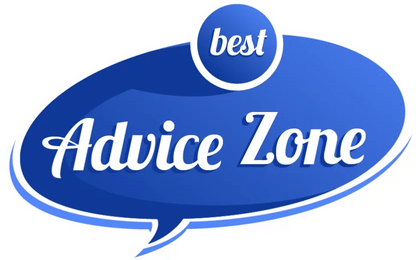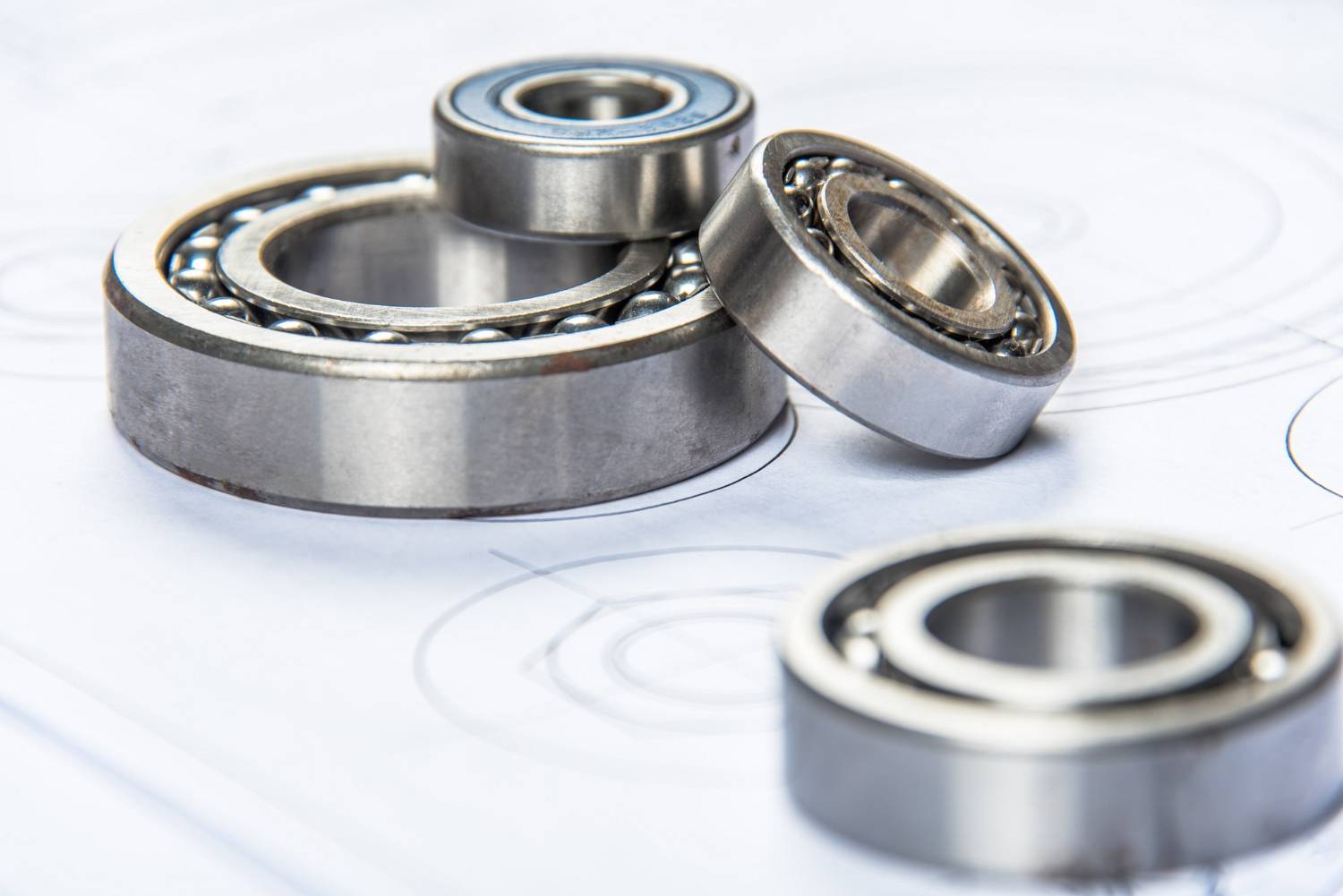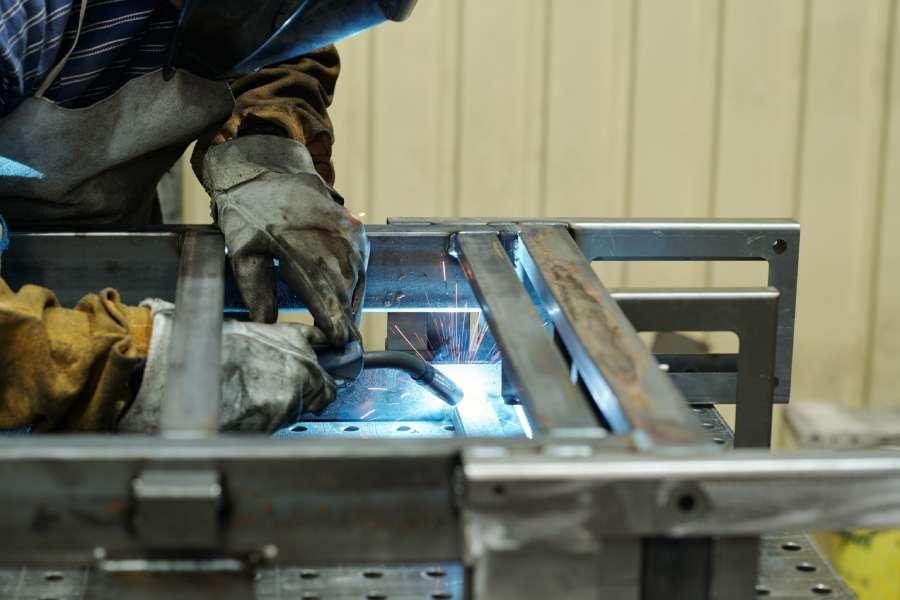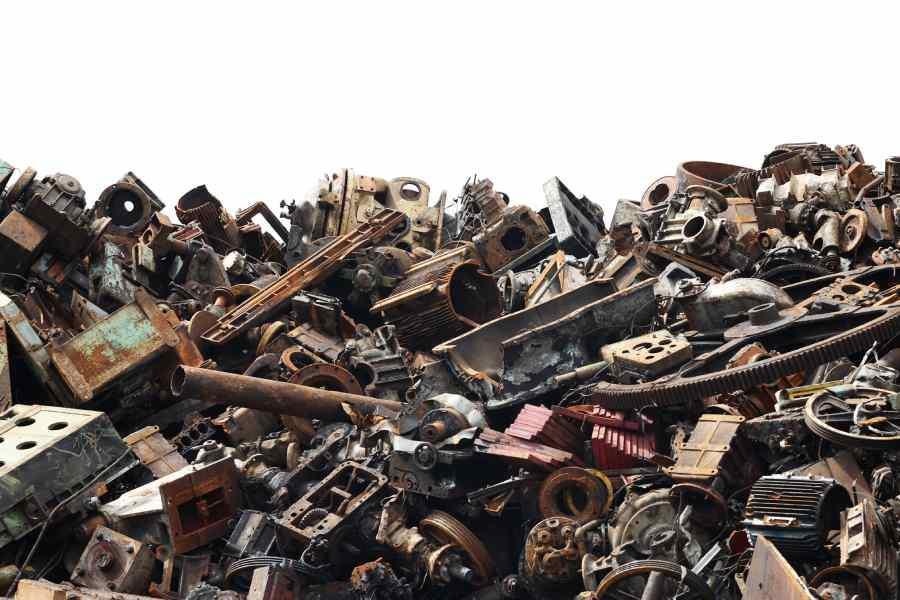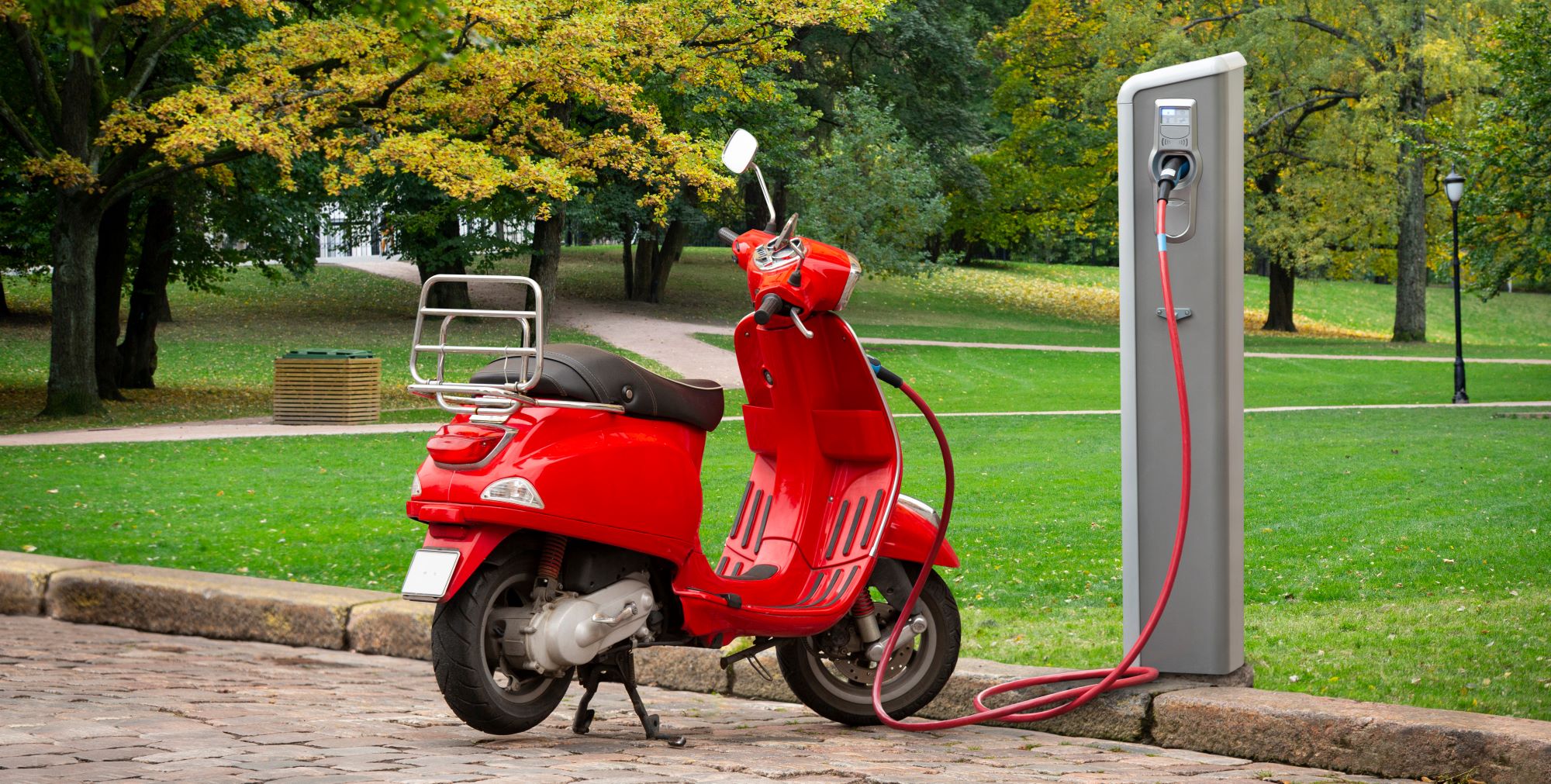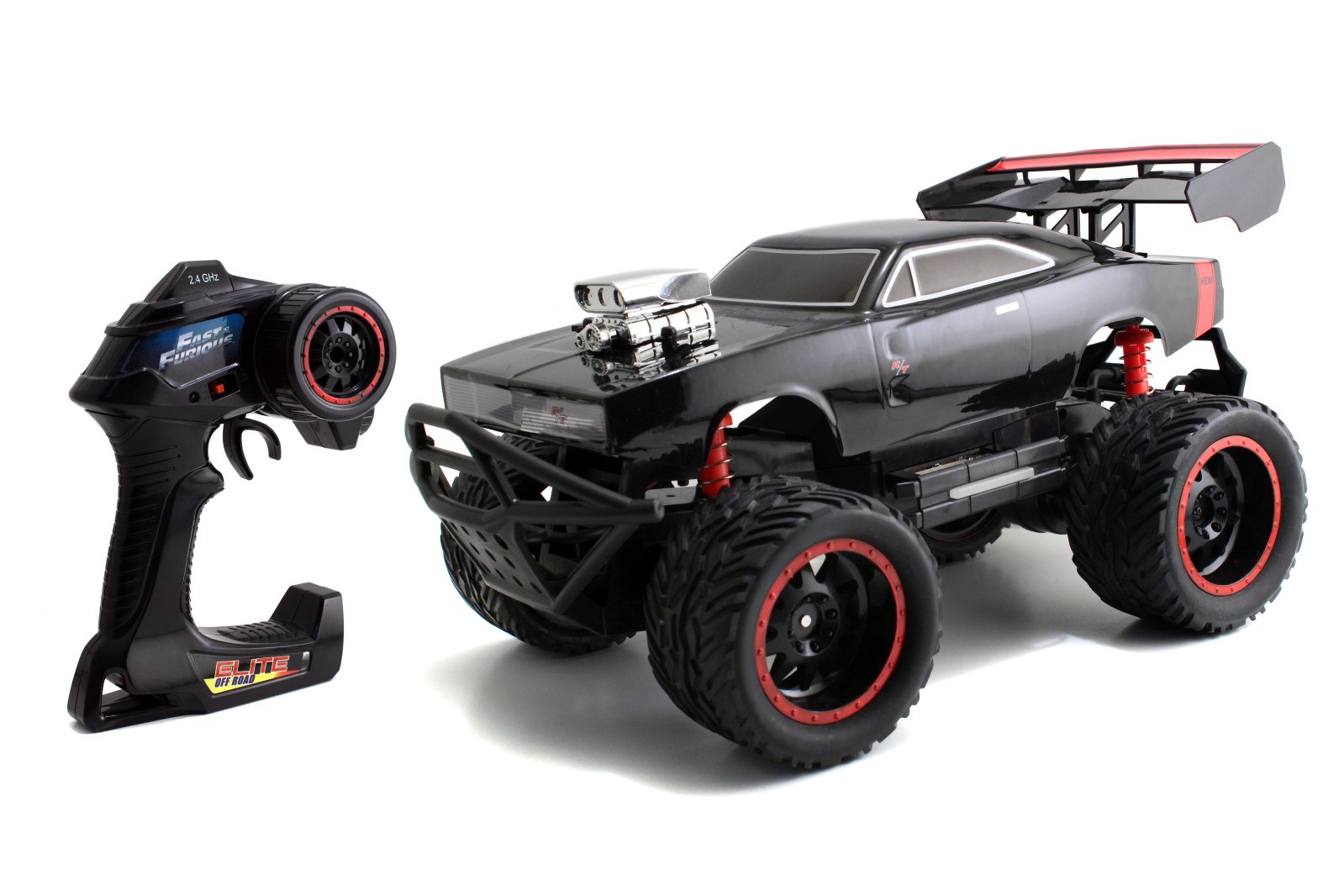Selecting the correct ball bearing demands a rigorous evaluation of application requirements and operating conditions. Sound choices on bearing type, construction materials, lubrication, and maintenance practices directly determine system reliability, service life, and whole-life cost. A deep understanding of bearing specifications and use cases enables informed decisions that optimize equipment performance, increase efficiency, and secure a durable, low-risk investment.
Bearing Selection: Types, Criteria, Materials, Installation, and Maintenance
Selecting the correct ball bearing demands a rigorous evaluation of application requirements and operating conditions. Sound choices on bearing type, construction materials, lubrication, and maintenance practices directly determine system reliability, service life, and whole-life cost. A deep understanding of bearing specifications and use cases enables informed decisions that optimize equipment performance, increase efficiency, and secure a durable, low-risk investment.
Understanding Bearing Types
Ball Bearings
- Best for: high speed, light to moderate loads, low friction, smooth rotary motion.
- Why: point contact of balls enables uniform load distribution and minimal rolling resistance.
- Typical uses: applications requiring precise, low-torque rotation and long service life.
Roller Bearings
- Best for: heavy radial loads (with lower speed capability than ball bearings).
- Why: line contact between rollers and races increases load capacity.
- Typical uses: industrial drives, construction equipment, rail wheelsets.
Thrust (Axial) Bearings
- Best for: high axial loads along the shaft axis (with limited radial capacity).
- Typical uses: turbine stages, automotive gearsets, vertical shafts.
Hybrid Ceramic Bearings
- Construction: steel rings with silicon nitride (Si₃N₄) balls.
- Benefits: low friction, high temperature capability, corrosion resistance, reduced wear, improved efficiency, extended relubrication intervals.
Selection Criteria
1) Load and Capacity
- Determine radial and axial components, duty cycles, and shock factors.
- Match to dynamic/static ratings and required L10/L10h life under real loading.
2) Speed Capability
- Verify limiting/ reference speeds under lubrication and heat evacuation constraints.
- Ensure cage style, clearance, and lubricant viscosity support the target RPM.
3) Precision and Performance
- Specify precision class (e.g., ABEC/ISO P grades) as required by positional accuracy, vibration, and runout.
- Higher precision improves motion control in medical devices, metrology, high-tech machine tools.
4) Environment and Reliability
- Account for temperature, humidity, particulates, chemicals.
- Select seals/shields, coatings, and lubricants to mitigate contamination and corrosion.
A disciplined trade study across these criteria yields the correct bearing architecture, minimizing operational risk and maximizing service life.
Common Bearing Materials (and Where They Fit)
Chrome Steel (e.g., 52100)
- Strengths: high hardness, fatigue & wear resistance, cost-effective.
- Use: general industry where load capacity and durability dominate.
Stainless Steel (e.g., 440C, AISI 304/316 for rings)
- Strengths: corrosion resistance, hygiene compliance, elevated temperature tolerance.
- Use: humid/chemical environments, food & pharma, washdown duty.
Ceramics (Si₃N₄ balls; full-ceramic in niche cases)
- Strengths: low density, low friction, high temperature, electrical insulation, superior wear.
- Use: high speed spindles, clean/harsh chemistries, efficiency-critical systems.
Polymers (engineered plastics, often with stainless inserts)
- Strengths: light weight, chemical resistance, non-magnetic options.
- Use: food/pharma process equipment, corrosive media, low-to-moderate loads.
Installation and Maintenance
Lubrication Methods
- Grease or oil selected by speed, load, temperature, and sealing.
- Proper film formation minimizes friction, wear, heat, and corrosion.
Correct Mounting
- Use proper tools and follow OEM procedures to avoid brinelling, misalignment, or cage damage.
- Control fits/clearances; verify shaft/housing tolerances and geometric accuracy.
Wear Indicators
- Early signs: abnormal noise, temperature rise, increased vibration, torque spikes.
- Action: investigate lubrication state, alignment, contamination; replace on evidence of pitting, flaking, cracks, or deformation.
Preventive Programs
- Implement condition-based maintenance: scheduled inspections, vibration/temperature trending, lubricant analysis.
- Proactive service increases uptime and extends bearing and system life.
Conclusion
The right bearing is the outcome of a thorough assessment of type, load case, speed, precision class, environment, and materials, backed by correct installation, lubrication, and maintenance.
Informed selection prevents failure modes, reduces lifecycle cost, and maximizes equipment efficiency and longevity. With disciplined engineering practice and adherence to manufacturer specifications, you secure a reliable, durable, and economically sound solution for your machines and systems.
